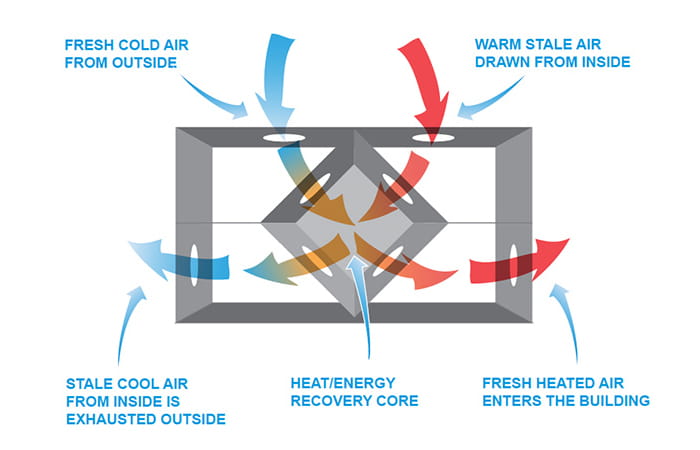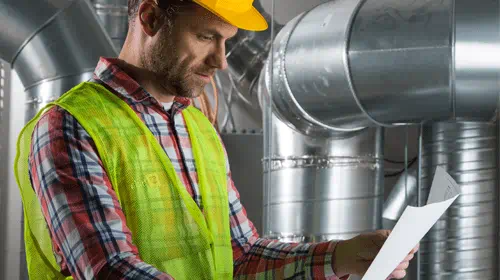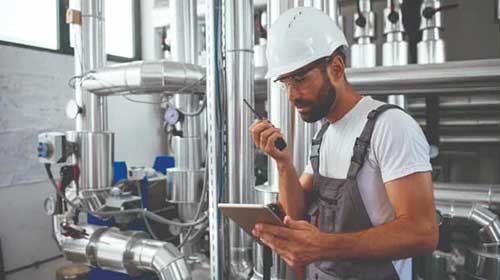Improve energy efficiency through heat and energy recovery
Upgrade to an energy recovery ventilator (ERV) or heat recovery ventilator (HRV) and enjoy a constant flow of fresh outdoor air—without wasting energy. Enbridge Gas makes it easy to improve your indoor air quality and energy efficiency with professional guidance and access to incentives that help you save more.

Incentives for ERV/HRV upgrades
Take advantage of our offers to offset the cost of upgrading to ERV/HRV and benefit from immediate energy savings.
| ERV incentives* | Incentive amount |
|---|---|
| No existing ERV and not required by code | |
| ≥ 55% to ≤ 64% sensible heat recovery effectiveness | $1.00/CFM |
| ≥ 65% to ≤ 74% sensible heat recovery effectiveness | $1.25/CFM |
| ≥ 75% to ≤ 84% sensible heat recovery effectiveness | $1.50/CFM |
| ≥ 85% sensible heat recovery effectiveness | $1.75/CFM |
| Improved effectiveness | |
| ≥ 65% to ≤ 74% sensible heat recovery effectiveness | $0.50/CFM |
| ≥ 75% to ≤ 84% sensible heat recovery effectiveness | $0.75/CFM |
| ≥ 85% sensible heat recovery effectiveness | $1.15/CFM |
| Business partner incentive | $100 per unit |
| Distributor incentive | $50 per unit |
* Minimum $200 to maximum $8,000 per unit.
| HRV incentives** | Incentive amount |
|---|---|
| No existing HRV and not required by code | |
| ≥ 55% to ≤ 64% sensible heat recovery effectiveness | $0.50/CFM |
| ≥ 65% to ≤ 74% sensible heat recovery effectiveness | $0.75/CFM |
| ≥ 75% to ≤ 84% sensible heat recovery effectiveness | $1.00/CFM |
| ≥ 85% sensible heat recovery effectiveness | $1.25/CFM |
| Improved effectiveness | |
| ≥ 65% to ≤ 74% sensible heat recovery effectiveness | $0.25/CFM |
| ≥ 75% to ≤ 84% sensible heat recovery effectiveness | $0.50/CFM |
| ≥ 85% sensible heat recovery effectiveness | $0.75/CFM |
| Business partner incentive | $100 per unit |
| Distributor incentive | $50 per unit |
** Minimum $200 to maximum $5,000 per unit.
Why upgrade?
-
Lower energy and operating costs and increase long-term bill savings.
-
Improve working conditions and productivity.
-
Humidify indoor air in winter and dehumidify it in summer.
-
Remove odours, moisture and fumes.














